Every year in the world many plant species are on the verge of extinction or disappearance from the planet. It involves deforestation, the use of chemicals that are harmful to flora or the development of invasive species. In this worrying context, scientists at the Brest Botanical Conservatory have embarked on an important mission: to bring extinct plants back to life. Meeting with Stéphane Buord, Scientific Director of International Actions at the Brest Botanical Conservatory. Light on this remarkable work.
What is the process of regenerating extinct species?
You should first know that this process of regenerating whole plants from living plant fragments is reserved for very special cases, as it is costly in terms of labor and development time. In the Brest Botanical Conservatory we only use it when the classical methods of propagation (sowing, cuttings, layering, grafting, etc.) fail and for species with a high heritage value, ie on the brink of extinction or extinct.
Specifically, when a species is extinct in nature and there are no more representatives in the collections of botanical gardens, we look for herbaria or seed banks that could contain seeds of the extinct species and thus the last hope of being able to reproduce it. regenerate so that it can one day be returned to its preserved natural habitat. When the case arises, we practice differently germination testing to see if these seeds germinate “naturally”, but if they don’t, viability testing is necessary to try and detect possible traces of life in the seed. If groups of cells are still alive, their color is different from that of the dead zones.
The question then is “how to regenerate a whole plant from a few living cells?”. For this it is necessary to plant biotechnology, that is, complex laboratory techniques that in theory make it possible to extract a young plant from any plant organ or even from a single cell. The living fragments are carefully excised, sterilized and placed in vitro in suitable sterile media that will ensure the development and growth of the cultured tissues.
Depending on the method chosen, we can target the crop to obtain buds, roots, then stems and leaves. When a young plant is produced, it is then necessary to proceed to the delicate stage of the exit of the sterile tubes to grow it in the open air. It seems simple, but the development of these protocols is long (several years) and presents a real scientific and technical challenge!
“Raising an endangered species is not enough to save it. This is just the beginning of the story.”
How are the “rescued” species doing these days?
The best example of a species saved through the use of these biotechnologies is that of an endemic shrub of Mauritius, of the Daisy family, called cylindrical lorencei. This species became extinct in the early 1990s due to deforestation and subsequent development of invasive exotic plant species that left it no chance to survive in the wild. At the same time, attempts were made to grow in a garden and a botanical greenhouse, but ultimately failed. In 1992 there were only a few seeds left of cylindrical lorenceia stored in the seed bank of the Brest Conservatory in freezers kept at -18°C.
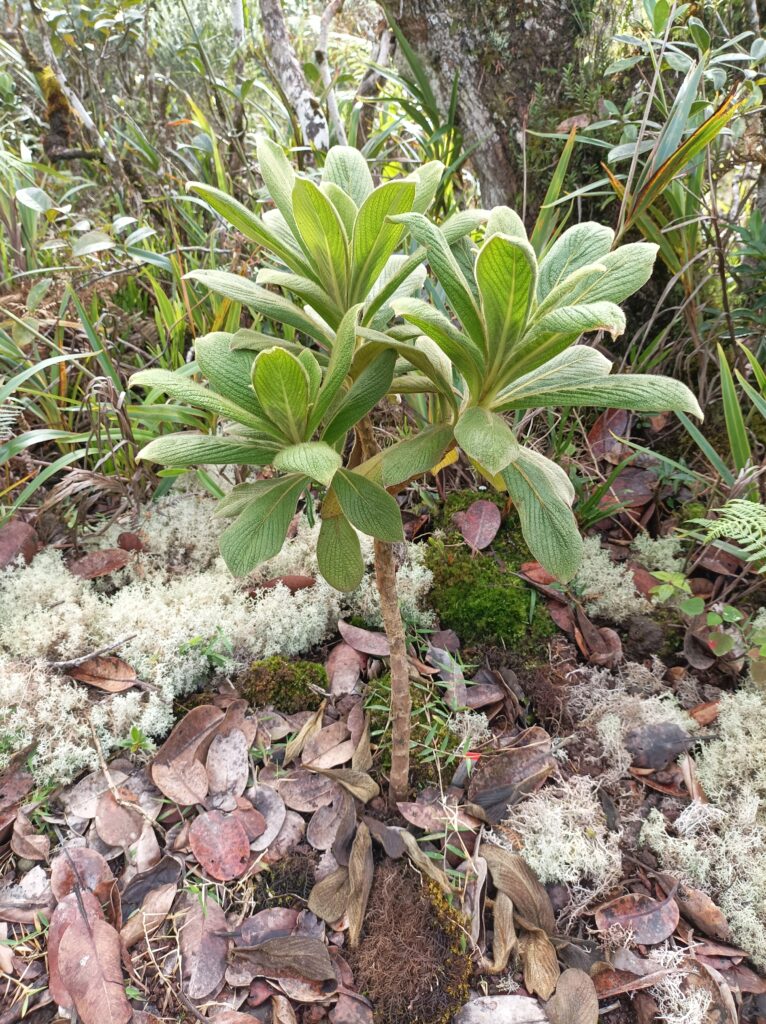
After colorimetric testing, we were able to show that these seeds failed to germinate naturally but that there were still traces of life in the embryos. We therefore attempted to regenerate the plant using in vitro embryo culture. It was a success and a first in conservation! The young plants obtained were then multiplied by micropropagation to keep it under cultivation and spread it to other gardens to increase its chances of survival. But breeding an endangered species is not enough to save it. This is just the beginning of the story.
To ensure the full success of the operation, it was necessary to prepare for his return to the natural environment on his island of origin. For this, we have been connected for ten years with our partners from the Mauritian National Parks who have agreed to receive the plants produced in Brest, arriving by air in air-conditioned containers and growing them for acclimatization in their greenhouse. After many failed attempts, we found the seemingly ideal location for the move: the Pétrin Nature Reserve in the Black River Gorges National Park, not far from the original station. This space has been completely rehabilitated and it is now possible to observe a dwarf forest on laterites preserved there. After three years of testing, the plants of cylindrical lorencei doing great, they have tripled in size and are about to bloom. Success will be complete when we observe the appearance of the first shoots due to the germination of the seeds. Thirty years will have passed between the announced disappearance and the return to the natural environment. It may seem long, but this example is exceptional and the success seems to be there!
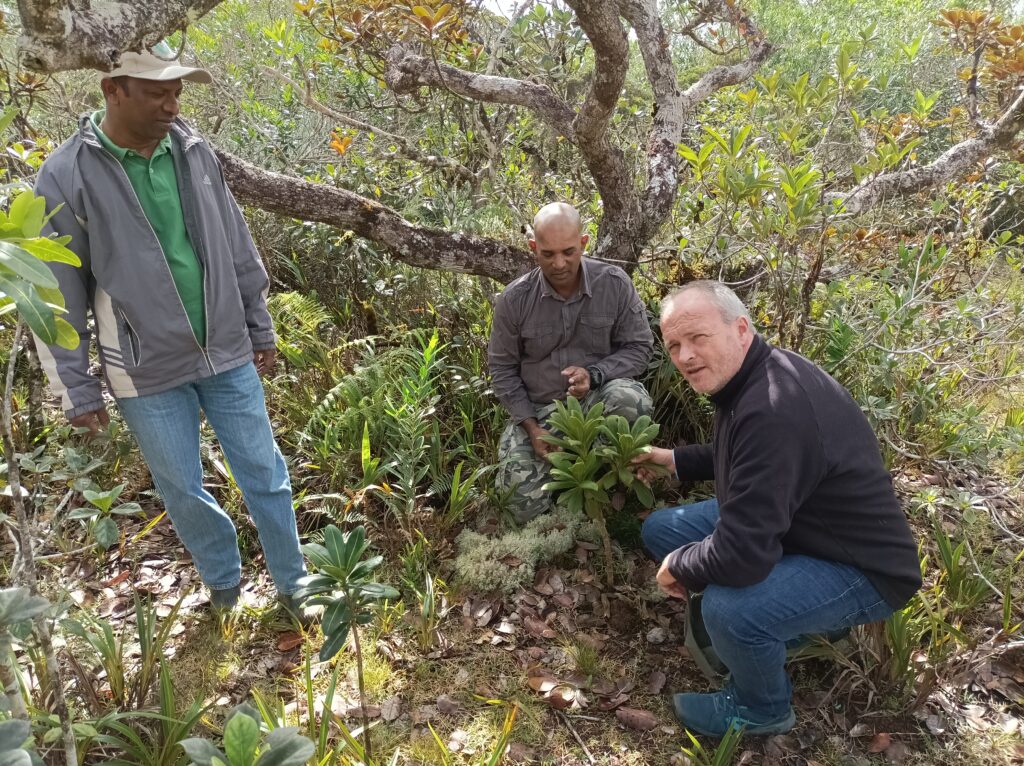
“Thirty years will have passed between the announced disappearance of the cylindrical lorencei and the return to the natural environment. It may seem long, but this example is exceptional.”
Can this process work with other species?
A priori yes, but it depends on the one hand on the biological nature of the seeds as some species have a very short lifespan and on the other hand on the resources used to carry out these rescues. If the seed shows traces of life, the challenge of saving a species on the brink of extinction is so great that it is essential to all available means to prevent its disappearance. But you should know that the mode of operation will be complex and long to develop, especially as each species requires specific growing conditions, often unknown. In this area there is still very little scientific literature that could help this research, as these endangered species have been studied very rarely.
Do you have any other methods for bringing extinct plants back to life?
We are currently working to save a palm species also native to Mauritius called Hyophorbia amaricaulis. It is not yet extinct but unfortunately only one and last representative is known, located in the Botanical Garden of Curepipe.
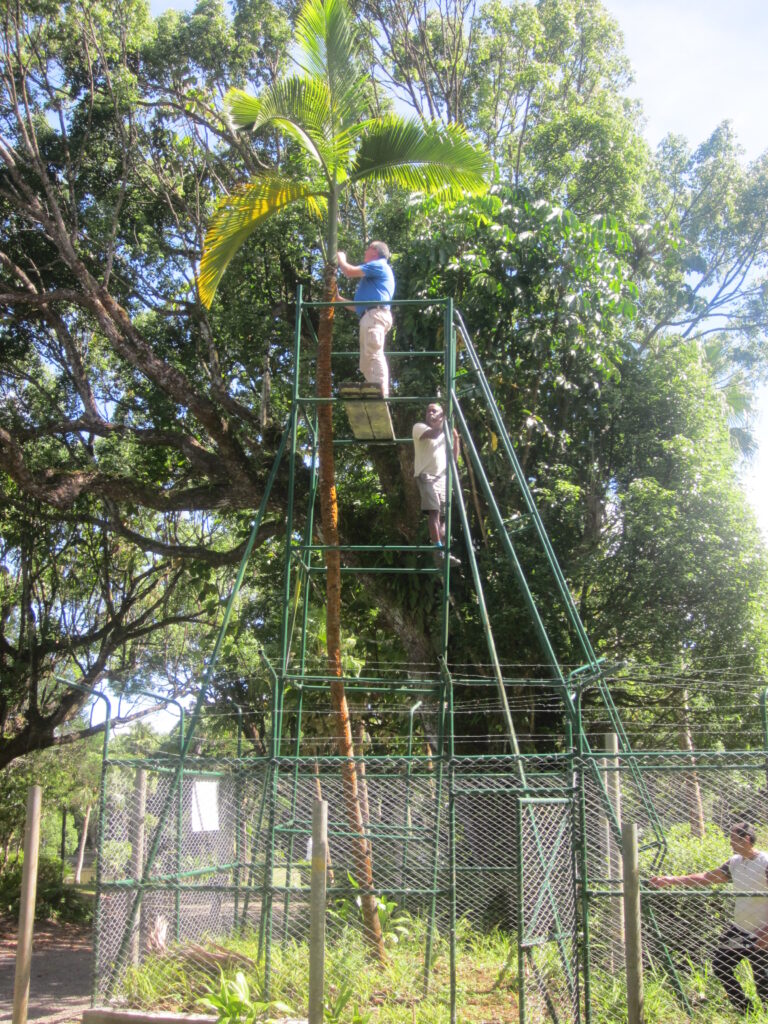
This 90-year-old tree is nearing the end of its life and the species is on the brink of extinction. To try to ensure its rescue, we try to ensure its survival in cultivation, but the plant does not divide naturally and does not produce viable seed. Therefore, for the past three years, we have committed ourselves to testing different methods of “in vitro culture of zygotic embryos” and of inflorescence buds in our laboratory. Today, the tests carried out on another palm tree, less expensive but genetically very close to the one that interests us, are a success and we manage to regenerating saplings from cultured embryos. It remains up to us to achieve the same success with the target species once our Mauritian partners have sent us young immature seeds. Another great challenge ahead!
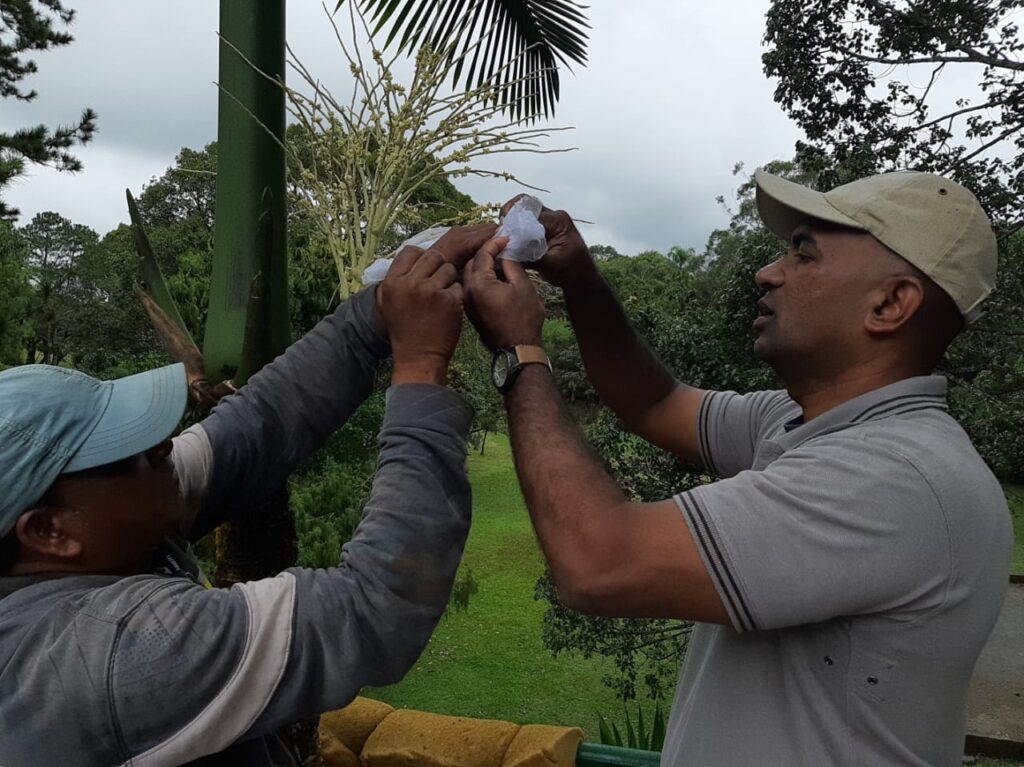
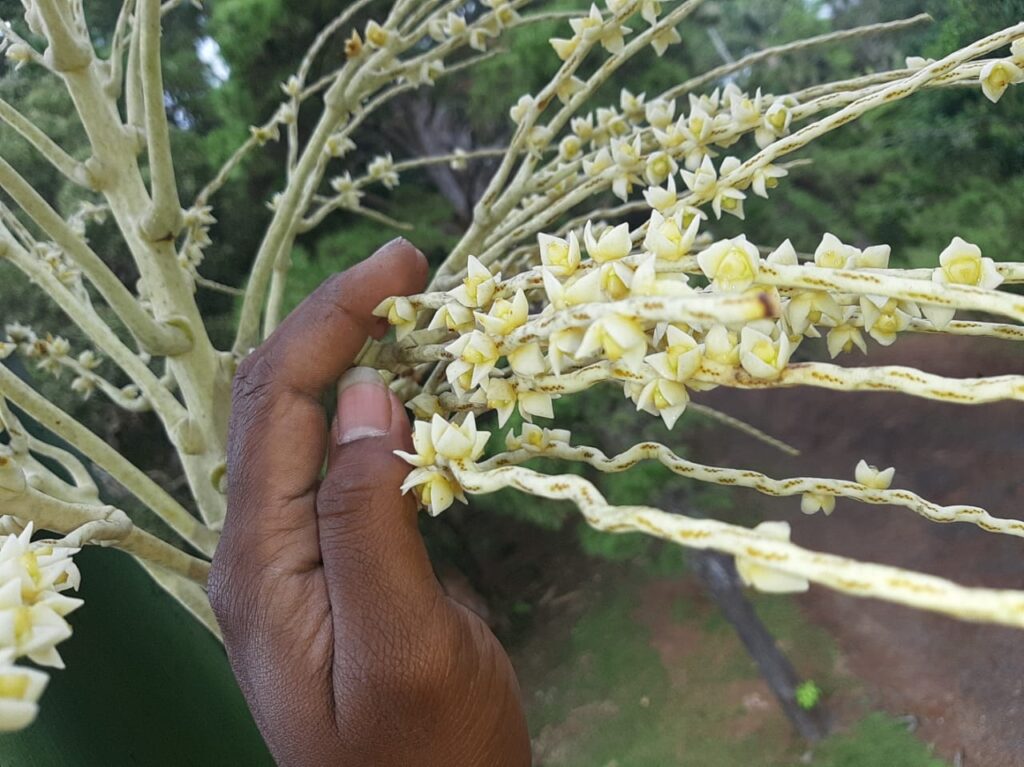
We have also started a program with the University of Rome to try to systematically regenerate extinct plant species from their seeds, which are often found in ancient herbaria. A suitable protocol has been developed to test their viability and culture using other biotechnologies. The use of these state-of-the-art techniques in the service of conservation is the only means at our disposal to: prevent these species from extinction.
A remarkable work that deserves to be known and praised. For more information, visit the Brest Botanical Conservatory website.